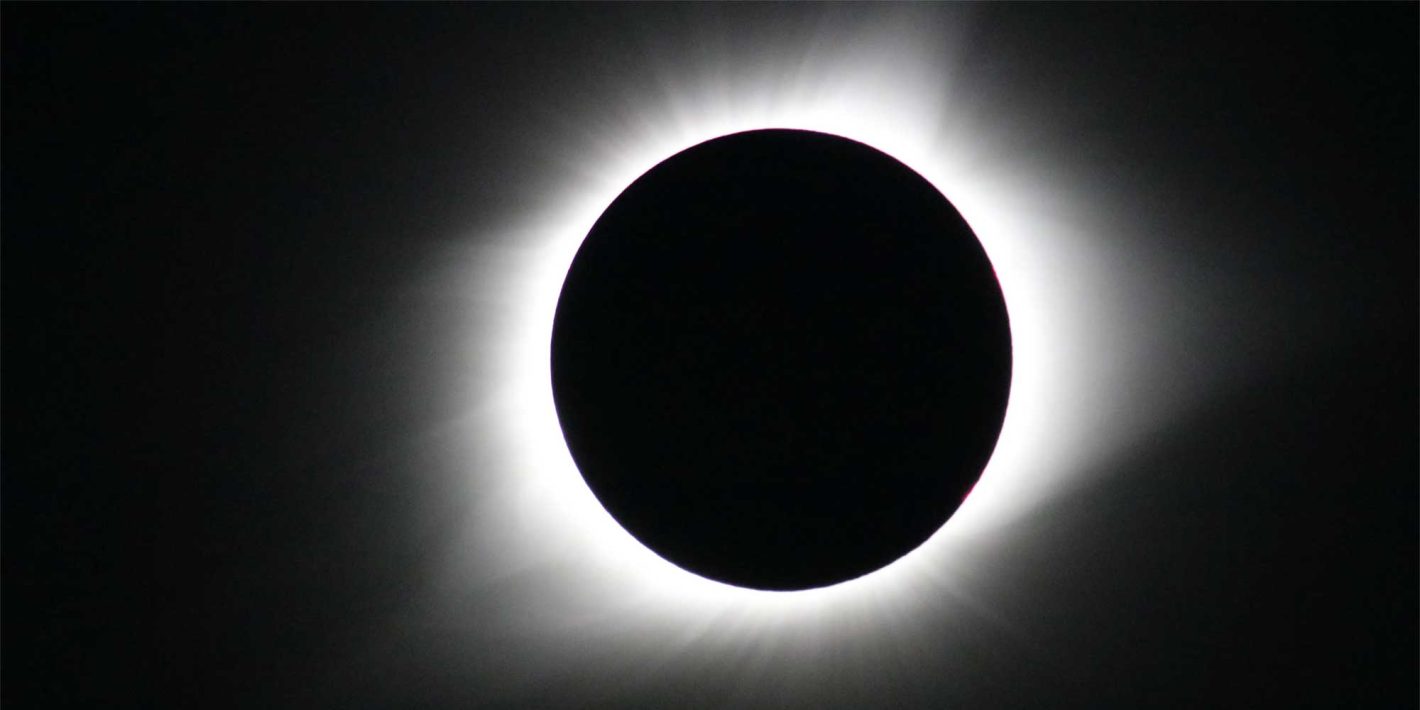Few celestial events capture the imagination quite like a total solar eclipse, and the one on April 8 promises to be particularly remarkable.
Alicia K. Petersen, Ph.D., an assistant professor in the Department of Mechanical and Aerospace Engineering at the University of Florida, is shedding light on the significance of this upcoming cosmic phenomenon.
“During a total solar eclipse, we’re presented with a unique opportunity to observe the solar corona,” said Petersen, who is an expert on space weather and solar physics. “This is crucial because the corona is typically difficult to study due to the overwhelming brightness of the sun itself.”
When the moon slips between Earth and the sun during the next eclipse, it will cast a shadow across North America from Texas to Maine. The moon will obscure the sun’s brilliant light and reveal the enigmatic solar corona — the sun’s outer atmosphere.
Ordinarily, scientists rely on specialized instruments in space like coronagraphs to simulate eclipses and observe the corona. However, the brief window of totality during a solar eclipse offers a rare chance to gather data from Earth with unparalleled accuracy and detail.
But the intrigue doesn’t end there. Even for those outside the path of totality, the eclipse offers a glimpse into the sun’s dynamic behavior…
